Clement Dukes
Clement Dukes (1845–1925), English physician and school health reformer, proposed "Dukes' disease" and transformed adolescent medical care in public schools.
Clement Dukes (1845–1925), English physician and school health reformer, proposed "Dukes' disease" and transformed adolescent medical care in public schools.
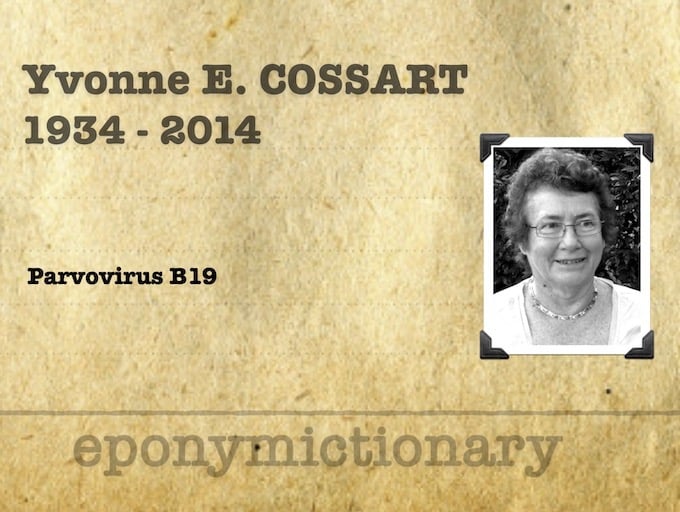
Yvonne Edna Cossart (1934-2014) was an Australian virologist. In 1975, Cossart and her colleagues recognised parvovirus B19
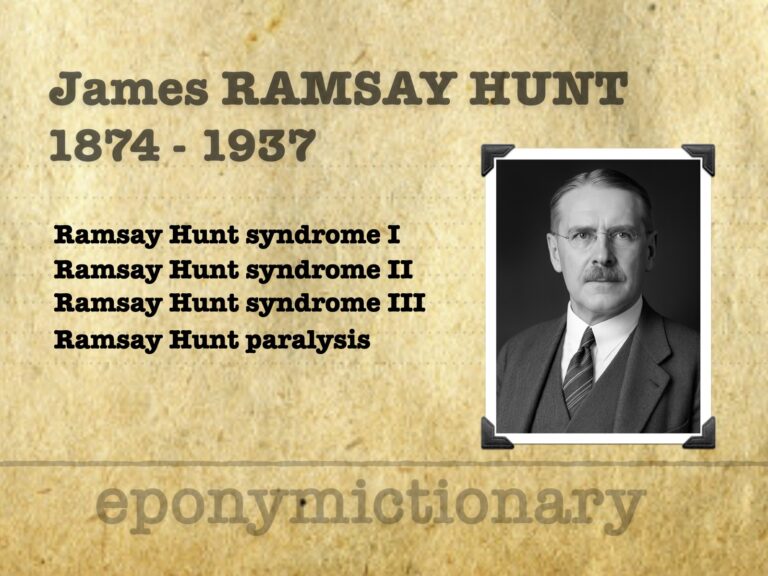
James Ramsay Hunt (1874-1937) American neurologist. Renowned for his contributions to the field of neurology. Several conditions bear his name including Ramsay Hunt syndrome (1907)

Understand and identify prosthetic valves. Learn what can go wrong with prosthetic valves; how to assess their function and examine transcatheter valves

Mary Broadfoot Walker (1888 - 1974) was a Scottish physician. Mary Walker effect (1934); neostigmine and myasthenia gravis
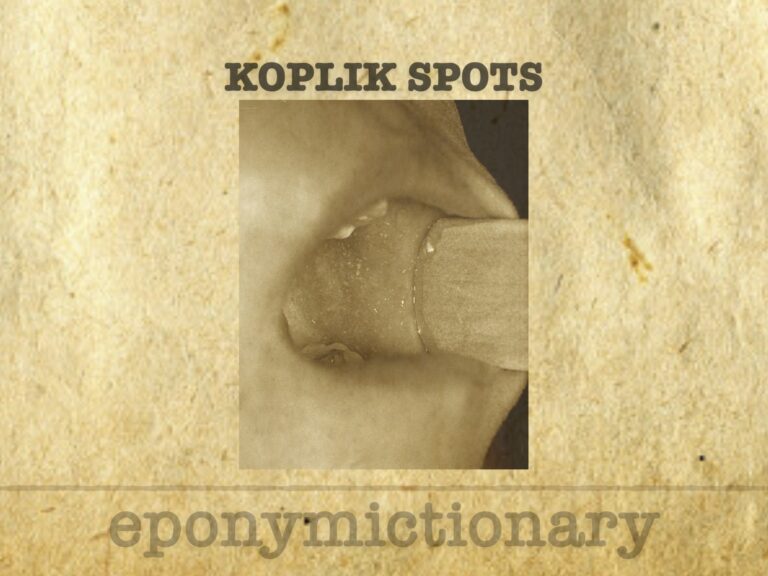
Koplik spots are pathognomonic buccal lesions in early measles, first described by Henry Koplik in 1896, aiding pre-rash diagnosis and outbreak control.
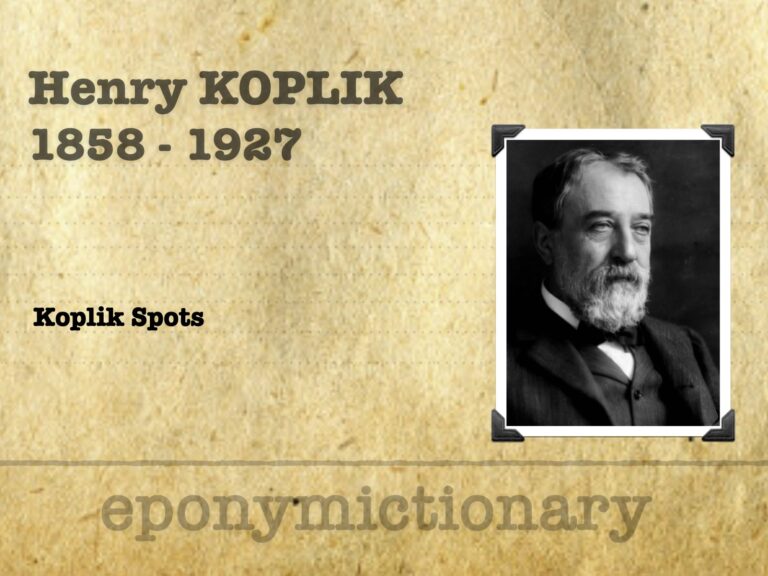
Henry Koplik (1858–1927), American pediatrician, discovered Koplik’s spots—an early diagnostic sign of measles—and pioneered infant health reform

Sir William Stokes (1839–1900), Irish surgeon and son of William Stokes, pioneered surgical techniques and served as RCSI professor and Queen Victoria’s surgeon
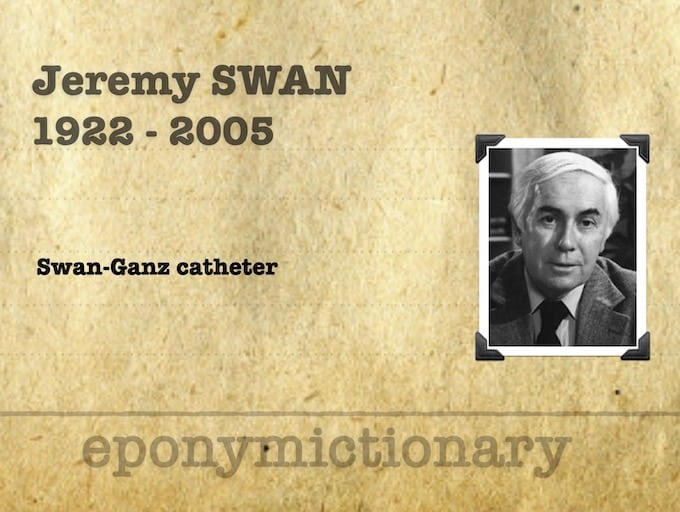
Jeremy Swan (1922–2005), Irish-born cardiologist, co-invented the Swan-Ganz catheter and led advances in cardiac catheterisation and haemodynamic monitoring

Frederick Forchheimer (1853–1913), U.S. paediatrician and educator, described Forchheimer spots and published landmark internal medicine textbooks

Understand and identify the pulmonary valve. Learn how to identify and grade pulmonary regurgitation and quantify pulmonary stenosis. Basic management of pulmonary valve dysfunction.
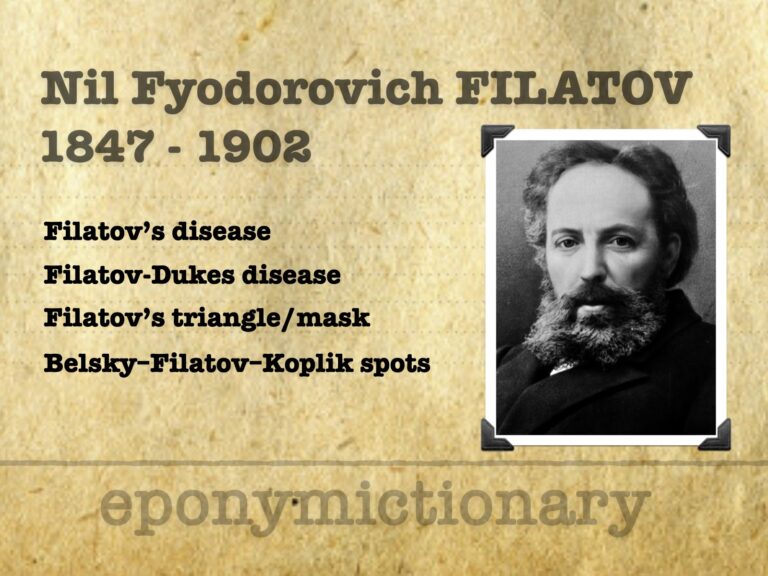
Nil Filatov (1847–1902), founder of Russian paediatrics, described key signs in measles, rubella, and mononucleosis; led Moscow’s first children’s hospital.